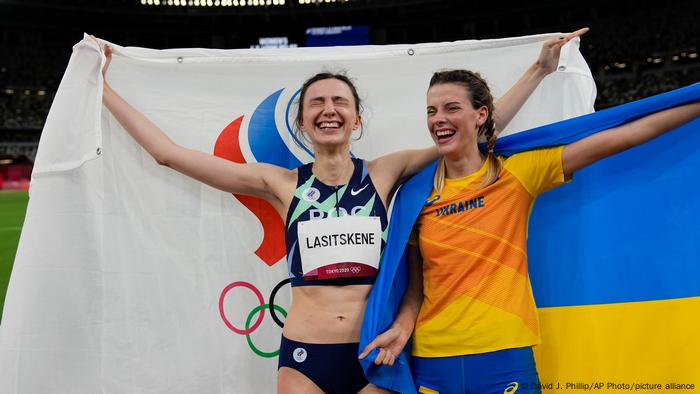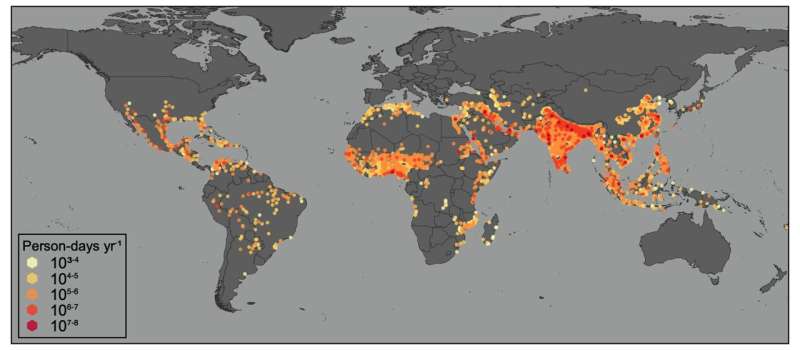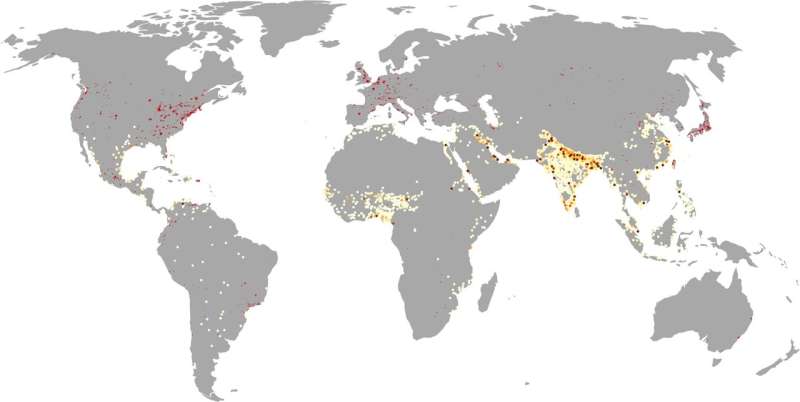Two new solitudes — rural and urban — now define the Canadian political landscape
What does it mean for a democracy when geography
and politics overlap?

According to Elections Canada, the metropolitan areas of Toronto, Montreal and Vancouver — the country's three biggest cities — account for 116 of Canada's 338 ridings. And the results in those ridings help to tell the story of both the Liberal victory and a fundamental split in federal politics.
Of those 116 ridings, the Liberals won 86 — more than half of their national total. The Conservatives won just eight.
That Liberal strength in cities is part of an urban-rural split that now defines the electoral map in Canada. New research suggests the urban-rural divide between the Liberal and Conservative parties has never been wider.
But that split raises questions that go beyond partisan competition
That new research was produced by professors David Armstrong and Zack Taylor of Western University and Jack Lucas from the University of Calgary. Using data on population density, location, economic activity and social diversity, they developed a new measure of "urbanity" that allows them to track long-term trends in party support since Confederation.
What they found is that Canada's two major parties began to diverge in the 1960s: Liberal support began to get more urban, Conservative support began to get more rural. That trend accelerated after the Canadian Alliance and Progressive Conservative parties merged in 2003 to become the modern Conservative Party. The gap between the two parties was larger than ever before in 2019.
Then it got even bigger in 2021. According to the work done by Armstrong, Lucas and Taylor, the Liberals won all 25 of the most urban ridings in Canada and 109 of the top 150 most urban ridings. The Conservatives won just 23 of those urban ridings.
Identity and party
Of the 150 least urban ridings, the Liberals won 34 while the Conservatives took 81.
An urban-rural political divide is not unique to Canada. But there could be many reasons explaining why Canadian politics has developed this way — everything from economic and social trends to policy choices to the lasting significance of political foundations that were built 60 years ago.
"On one side, Prime Minister [John] Diefenbaker's identity as a small town Prairie lawyer, and his bitter criticism of business and media elites in Canada's big cities, may have pushed professionals and wealthy voters in urban areas away from their traditional loyalties," the researchers write.

"At the same time, a profound transformation inside the Liberal Party, in which a set of highly educated urban professionals came to play a leading role both as strategists and political candidates, appears to have increased the Liberal Party's appeal in the urban context."
To some extent, the divide might be accentuated by the first-past-the-post system, Taylor said. Though a colour-coded electoral map might suggest otherwise, there are still people living in rural Alberta who vote Liberal and residents of downtown Toronto who vote Conservative.
Polarization and policy
The dangers of polarization have been evident across Western democracies over the last six years. But the existence of an urban-rural divide in voting patterns isn't necessarily cause for panic — even if it's always important to mind the gaps.
"What I worry about is that when parties become uncompetitive in each other's turf for very long periods of time ... they can't recruit good candidates, they can't be visible to voters. And as a result, they don't really hear what people in those regions want and what their hopes and aspirations and fears are," Taylor said in an interview.
"And that means that there's kind of a policy tin ear for whichever party manages to cobble together a winning coalition."
After the 2019 election, some observers expressed concerns about a lack of Western representation in Justin Trudeau's cabinet. Before that, Stephen Harper had to go to extraordinary lengths to find cabinet ministers from Vancouver and Montreal.
In their own study for the Public Policy Forum earlier this year, Peter Loewen, Sean Speer and Stephanie Bertolo used survey data from the 2019 election to compare public opinion in 84 rural ridings with the views held by voters in the other 264 "non-rural" ridings.
Divided on the big questions
The researchers stressed that "most disagreement between urban and rural Canadians is a matter of degree rather than fundamental principle" and "there is ultimately more that connects than separates urban and rural Canadians." But they also found notable differences on a few big issues: climate change and carbon taxes, immigration and trust in government.
Those could be some of the defining political issues of the next 30 years. But how much those differences matter, Lucas said, might depend on whether urban and rural areas are simply moving along the same trajectory at different speeds or are actually diverging.

"People disagree in politics, along many dimensions. There are differences in the average policy positions of Canadians on gender and on region and on age and on any number of other things, including place of residence. And those disagreements in themselves are part of what it means to have competitive democratic representation," Lucas said.
"Where they turn into polarized politics is when they're connected to misperceptions of 'the other' and also kind of resentment where anything that is going to benefit the other side must be a bad thing."
'Somewheres' and 'anywheres'
In an increasingly urbanized country, the party best able to appeal to urban voters might have a significant advantage. But the Liberal Party's dominance in urban Canada doesn't absolve the Trudeau government of the responsibility to speak and act with all Canadians in mind.
That same responsibility to avoid stoking resentment can be applied to the Conservative Party. Last year, Conservative Leader Erin O'Toole flirted with the idea that the world could be divided between "somewheres" and "anywheres." He didn't stick with that thesis, at least publicly, but the Conservative platform did state that the country can't afford "a recovery for downtown Toronto" alone.
Nothing about politics in a democracy is destined to continue uninterrupted. At some point, the electoral map might end up looking very different.
For now, the urban-rural split is a window into how federal politics has developed over the last 60 years. But, with any luck, what unites urban and rural voters will continue to transcend their differences.














